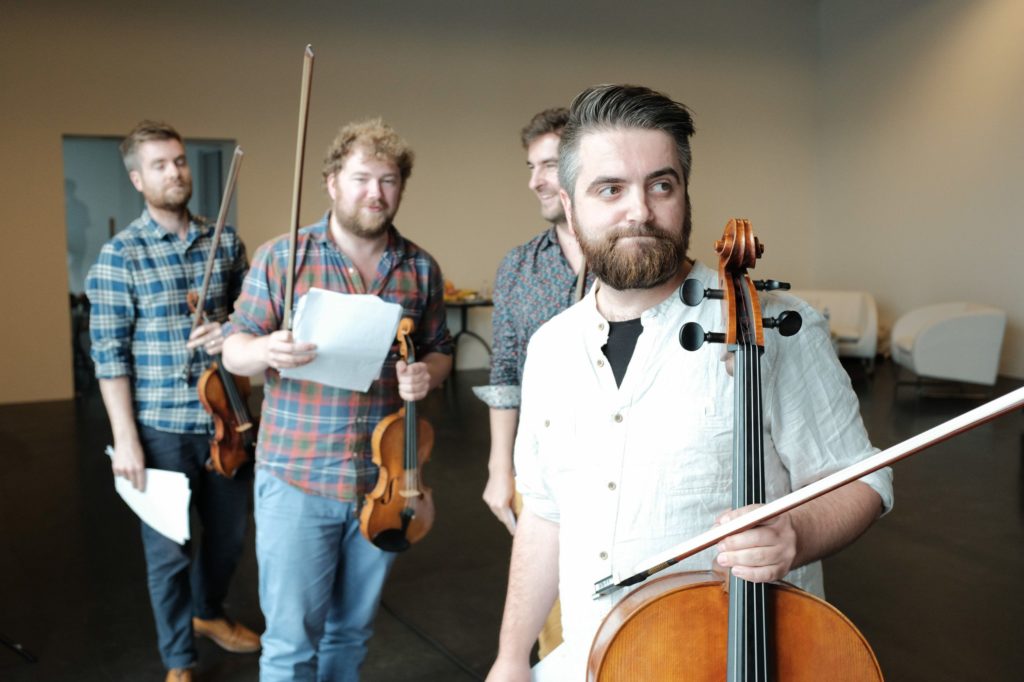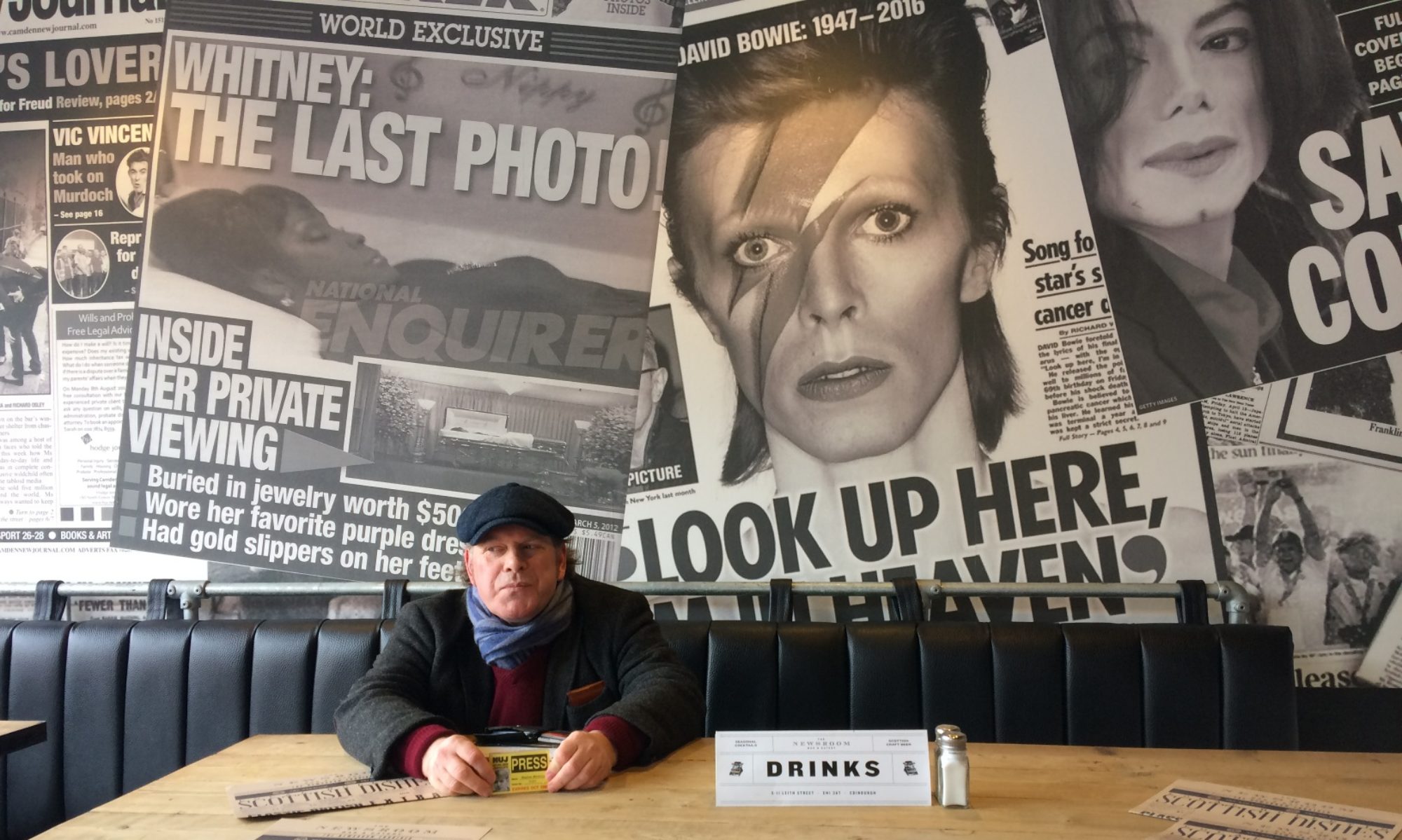
Maxwell String Quartet
British Music Society of York presents Maxwell String Quartet, Sir Jack Lyons Concert Hall, University of York, 7/3/2025
WHENEVER you programme a work as colossal as Beethoven’s Op 132, which lies at the very heart of his late string quartets, the problem is what to put with it.
The Maxwells opened with an eclectic mix of the old, the traditional and the contemporary, spotlighting the Beethoven after the interval.
In a nod to their Scottish roots, the players offered arrangements of two sets of traditional Gaelic psalms, as found in the Presbyterian churches of the Western Isles. These were intriguing in their closeness to Scottish dance, evoking the exciting rhythms of the ceilidh. One set would probably have been enough, however, given the similarities between the two.
Additionally, there is always the danger, when transcribing vocal music for instruments of dehumanising it, since words and melody need to speak together. This was particularly evident in the transcription of Byrd’s profound motet Ave Verum Corpus, where the nuances the composer attaches to the words were simply not present, making it literally disembodied.
The choice of motet was strange, in that the contemporary work here, the First String Quartet (Aloysius) by Edmund Finnis, dating from 2018, has five movements avowedly centred around Byrd’s setting of the prayer Christe, Qui Lux Es. It would have seemed logical to play this rather than Ave Verum by way of introduction.
The programme note told us of Finnis’s “versatile compositional voice”, a claim not borne out by this work. It is perfectly pleasing in an intimate way, largely slow-moving and ruminative, as if Finnis is searching out a way forward. It opens lyrically and then becomes wispy, if still transparent. The third movement, although pianissimo, is a little quicker, but like its predecessors was played virtually without vibrato.
Byrd’s hymn is treated like a chorale, its melody largely on the leader’s lowest string, before a finale that finally features some genuine counterpoint. Although largely restrained, its acceleration into the abrupt final cadence hints at what might have been. The Maxwells approached it respectfully, if ultimately without much obvious affection.
They brought admirable clarity to the Beethoven, unveiling its dramatic power by ramping up the tension in the highly chromatic first movement. The relative violence of the scherzo was tempered by a gentler trio in which the viola’s solo was notable.
In the Molto Adagio, which is arguably Beethoven’s most personal statement in any of his quartets, each solemn phrase of the chorale was tenderly introduced; although extremely extended, it seemed not a moment too long, so riveting was the detail.
The succeeding march came as sweet relief, before a searing first violin cadenza into the finale. Here the Maxwells threw caution to the winds, with accents stronger than ever and acceleration into the coda that took the breath away. This was theatre on a Shakespearean level.
Review by Martin Dreyer

